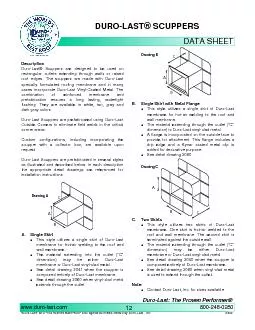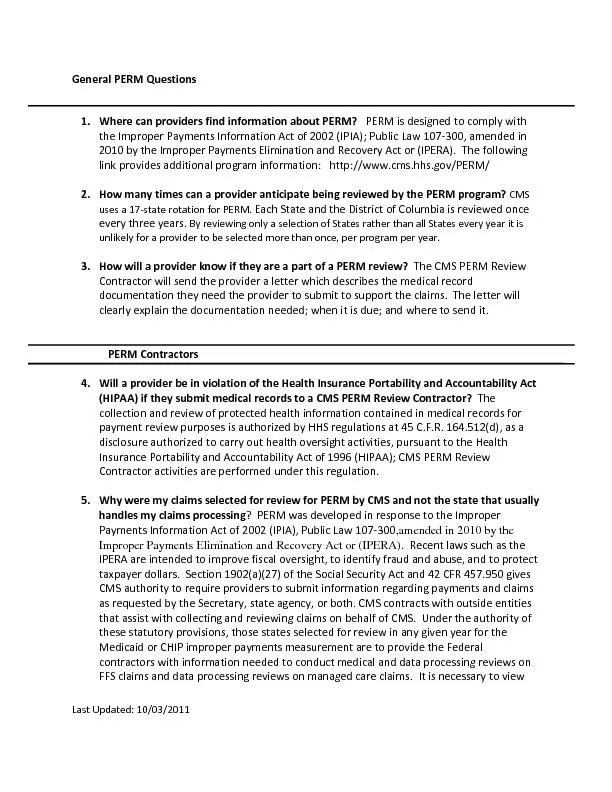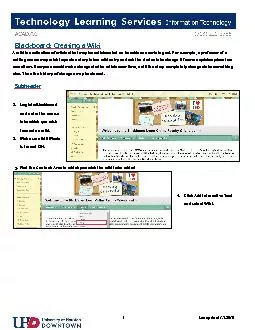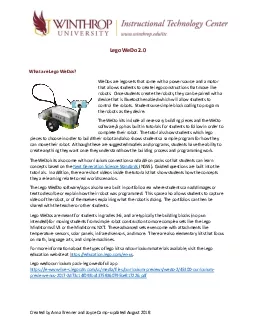PDF-Last Updated
Author : sophia | Published Date : 2022-09-05
Page 1 of 2 102019 Hand Fo ot and Mouth Disease Enterov iral Vesicular Stomatitis w ith E xanthem What is hand foot and mouth disease Hand foot and mouth disea s e
Presentation Embed Code
Download Presentation
Download Presentation The PPT/PDF document "Last Updated" is the property of its rightful owner. Permission is granted to download and print the materials on this website for personal, non-commercial use only, and to display it on your personal computer provided you do not modify the materials and that you retain all copyright notices contained in the materials. By downloading content from our website, you accept the terms of this agreement.
Last Updated: Transcript
Download Rules Of Document
"Last Updated"The content belongs to its owner. You may download and print it for personal use, without modification, and keep all copyright notices. By downloading, you agree to these terms.
Related Documents














